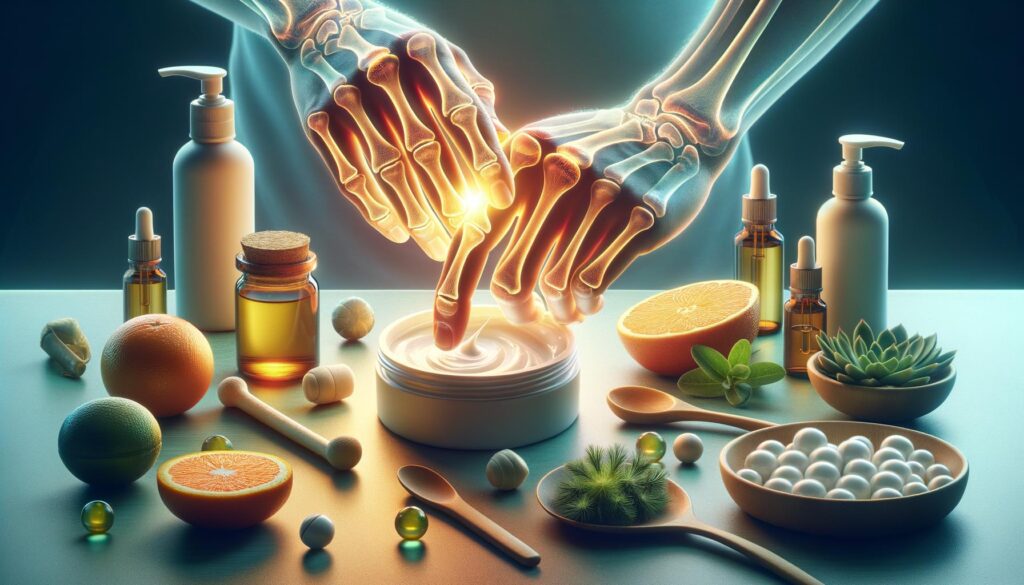Exploring Effective Solutions for Joint Pain Relief

Understanding the Causes of Joint Pain
Joint pain can arise from numerous sources, making understanding its root cause crucial in finding appropriate relief. Common causes include arthritis, an inflammation of the joints that results in pain and stiffness, often worsening with age. Other causes may involve injuries from accidents or physical activities, leading to temporary or chronic discomfort. Moreover, certain conditions such as gout or bursitis can also be significant contributors to joint pain.
Various risk factors can elevate a person’s likelihood of experiencing joint pain:
- Aging, as wear and tear over time can degrade joint tissues
- Previous injuries that may not have fully healed
- Genetic predisposition to conditions like rheumatoid arthritis
- Obesity, which adds extra stress to the joints, particularly those in the lower body
- Occupational hazards involving repetitive motions or excessive strain
Thoroughly assessing these causes is essential to tailor personal strategies effectively, involving both lifestyle adjustments and therapeutic interventions.
Natural Remedies for Joint Pain Relief
Many individuals seek natural remedies for joint pain relief, aiming to minimize the reliance on medication. Several natural solutions offer promising comfort through regular use.
Herbal supplements have gained popularity for their anti-inflammatory properties. Turmeric, containing curcumin, is noted for its potential to reduce inflammation. Moreover, omega-3 fatty acids, commonly found in fish oil, can be effective in alleviating stiffness and swelling.
Exercise is another pivotal component in managing joint pain. Low-impact activities like swimming, cycling, or yoga can significantly strengthen muscles around the joints, enhance flexibility, and reduce pain. Regular physical activity not only helps to control weight, reducing stress on the joints but also promotes circulation and overall joint health.
The Role of Over-the-Counter and Prescription Solutions
For many, over-the-counter (OTC) medications provide a valuable first step in addressing joint pain. Nonsteroidal anti-inflammatory drugs (NSAIDs) can be effective in controlling inflammation and pain associated with various joint conditions. Topical analgesics, applied directly to the skin, may also offer targeted relief.
In more persistent cases, prescription medications might be necessary. These can include stronger NSAIDs or corticosteroids that are typically administered through injections to reduce severe inflammation. These treatment options usually require careful consideration and guidance from healthcare professionals due to potential side effects.
Efficacy varies among individuals, so regular consultations with healthcare providers are crucial to adjust treatment plans as needed to achieve optimal results.
Exploring Lifestyle Changes for Long-Term Relief
Beyond immediate relief measures, adopting certain lifestyle changes can contribute significantly to long-term joint health. Diet plays a critical role, where incorporating foods rich in vitamins and minerals known to support joint function, like vitamin D, calcium, and magnesium can be beneficial.
Stress management techniques also complement other treatments, as stress can often exacerbate pain perception. Practices such as meditation, mindfulness, or tai chi can be integrated into daily routines to enhance mental and physical well-being.
Consistent monitoring and adjustments to lifestyle factors can aid in managing joint symptoms more effectively and preventing future flare-ups.
Complementary Therapies for Enhanced Support
Beyond traditional and natural remedies, complementary therapies offer additional pathways to joint pain relief. Many find solace in techniques such as acupuncture, which involves careful insertion of thin needles at certain points on the body to stimulate nerve-rich areas. This process aims to encourage the body’s natural pain-relieving capabilities.
Chiropractic care and physiotherapy are also noteworthy, potentially offering manual adjustments or tailored exercises to help improve mobility and reduce pain. Massage therapy, with its ability to relax muscles and improve circulation, can further contribute to alleviating discomfort and enhancing quality of life.
These therapies should be explored under professional guidance to ensure they are suitable for an individual’s specific health profile.
Conclusion
Identifying the most effective joint pain relief solutions involves understanding the underlying causes and exploring a diverse range of treatment options. Whether through natural remedies, medication, lifestyle changes, or complementary therapies, finding an approach tailored to individual needs is key. Continual assessment and adjustment, in collaboration with healthcare professionals, can significantly enhance joint health and overall well-being.
